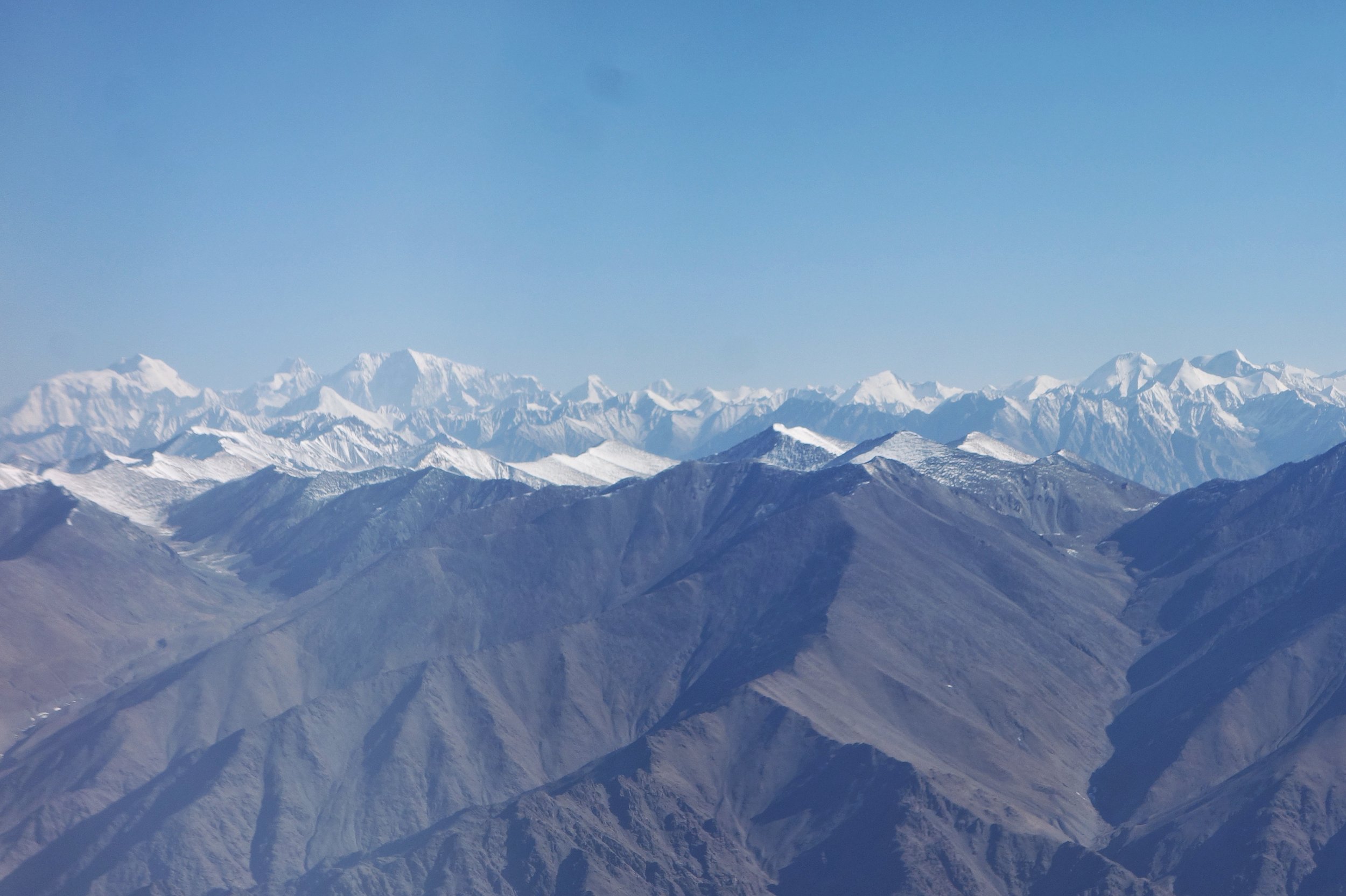Why are Karakoram Range Mountains So Prominent?
Karakoram Range Mountains So Prominent
The Karakoram Range, often referred to as the “roof of the world,” is a stunning mountain range in South Asia, stretching across the borders of Pakistan, India, and China. Known for its towering peaks, including K2, the second-highest mountain on Earth, the Karakoram Range has fascinated adventurers, geologists, and nature enthusiasts for centuries. One of the most intriguing questions about this majestic range is, “Why are the Karakoram Range mountains so prominent?” We’ll explore the geological, topographical, and environmental aspects of the Karakoram Range’s prominence in this blog post.
Geological Forces at Play
The prominence of the Karakoram Range is rooted in the geological forces that have shaped this region over millions of years. The collision of the Indian and Eurasian tectonic plates is a key driver behind the formation and elevation of these mountains. This ongoing collision has created the Himalayas, the Hindu Kush, and the Karakoram, making it one of the most seismically active areas on the planet.
1. Tectonic Collision and Uplift
The Indian plate, moving northward, is thrust beneath the Eurasian plate in a process known as subduction. As a result, immense pressure builds up, leading to the uplift of the land. This geological process is responsible for the towering peaks of the Karakoram Range. Over millions of years, the collision and uplift have created a complex network of mountain ranges, with the Karakoram being one of the most prominent.
2. Glacial Activity
Another significant factor contributing to the prominence of the Karakoram Range is glacial activity. This region is home to some of the largest glaciers outside the polar regions. Glacial erosion and deposition play a vital role in shaping and elevating the mountains. As glaciers move, they erode the underlying rock and deposit vast quantities of sediments. This process, known as glaciotectonism, not only sculpts the landscape but also adds to the height and prominence of the peaks.
3. Tallest Peaks in the World
The Karakoram Range is renowned for its exceptionally high peaks. K2, the crown jewel of the range, stands at an elevation of 8,611 meters (28,251 feet), making it the second-highest mountain in the world. The presence of such towering peaks significantly contributes to the overall prominence of the range. These massive mountains capture the world’s attention and draw climbers and adventurers from all corners of the globe.
Geographical Features and Significance
Apart from geological processes, the geographical features of the Karakoram Range also contribute to its prominence.
1. Rugged Terrain
The Karakoram Range is characterized by its rugged and challenging terrain. The mountains are steeper, rockier, and more challenging to traverse compared to some other mountain ranges. This ruggedness adds to their visual prominence and also presents a unique challenge for mountaineers.
2. Glacial Lakes and Rivers
Numerous glacial lakes and rivers are scattered throughout the Karakoram Range. These bodies of water not only enhance the region’s beauty but also play a crucial role in its prominence. Glacial lakes, often nestled between towering peaks, create breathtaking landscapes, further accentuating the prominence of the mountains.
Environmental Factors
The environment of the Karakoram Range also plays a role in its prominence.
1. Harsh Climate
The Karakoram Range experiences some of the harshest weather conditions on Earth. Extreme cold, high winds, and heavy snowfall make this region a formidable challenge for those who venture into it. The severe climate adds to the mystique and prominence of the mountains.
2. Biodiversity
Surprisingly, the Karakoram Range is not just about ice and rock; it’s also home to a unique biodiversity. The presence of rare and elusive wildlife, such as the snow leopard, enhances the ecological prominence of the region.
Cultural Significance
Beyond its geological and environmental factors, the Karakoram Range holds immense cultural significance for the people of the surrounding areas. The mountains are deeply ingrained in the local cultures and traditions, adding to their overall prominence in the hearts and minds of those who call this region home.
Conclusion
In conclusion, the prominence of the Karakoram Range mountains is a result of a complex interplay of geological, geographical, environmental, and cultural factors. The ongoing collision of tectonic plates, glacial activity, rugged terrain, and extreme weather conditions all contribute to the striking visual prominence of these mountains. Moreover, their significance in local cultures And the allure they hold for adventurers worldwide make the Karakoram Range a truly iconic mountain range. standing tall as one of the most prominent features of our planet’s landscape.





